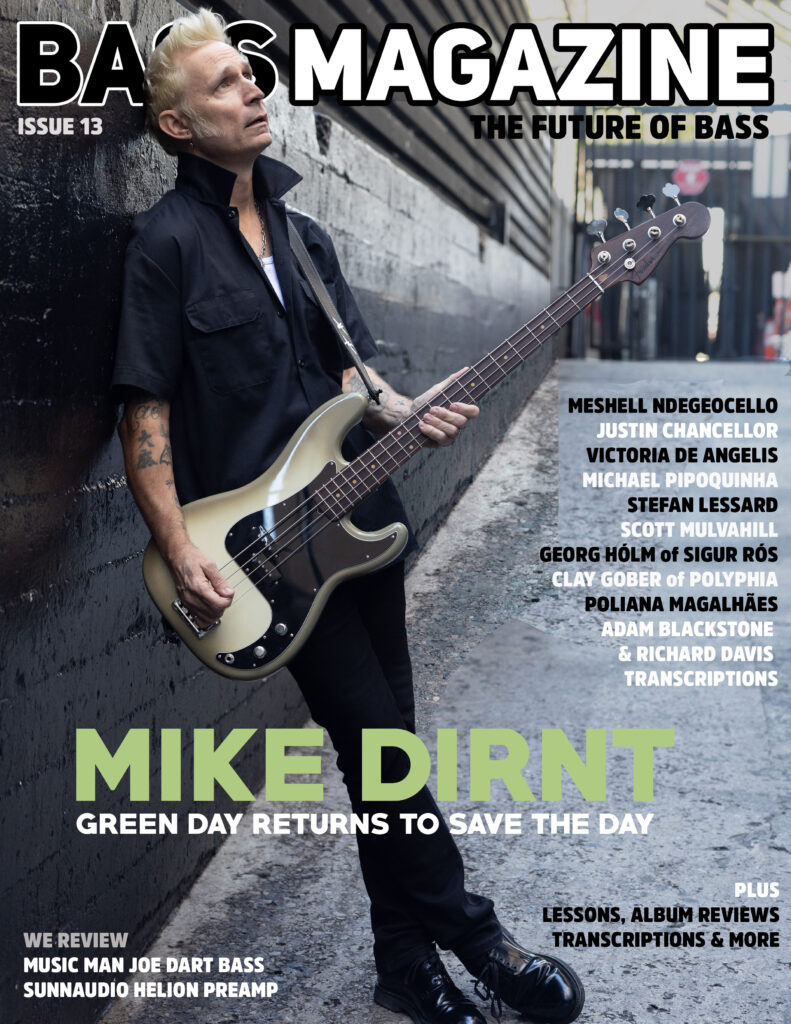Combining the classic tone of valve amps and the modern technology of amp modeling, the LB 30 2.N. delivers a one-stop solution for all modern-day bassists.
Rated at 30-Watts, the LB 30 2.N. won’t rip your head off, but its EL84-equipped power section is more than capable enough for small gigs. And, of course, it won’t put your back out on the way. The LB 30 2.N. preamp stage employs ECC83 and ECC82 tubes and features Active and Passive gain inputs, front panel-mounted Effects Send and Return, rotary Bass, Hi & Lo Middle and Treble, rotary Volume & Gain Trim control and balanced DI output.
To bring you realism and playing comfort, Two notes has developed a unique technology based on an adaptation of convolution techniques. Starting with the measurement of an actual cabinet and microphone setup, the embedded Two notes Torpedo can accurately reproduce the system as it was measured, as well as the microphone’s position in space.
We made a point of capturing a diverse offering of cabinets spanning the entire range from the infamous ABM range to our unique CL-310 cab designed for Guy Pratt. The range of six cabinets includes the ABM-810H-EVO IV, ABM-410H-EVO IV, ABM-210H-EVO IV, ABM-115-EVO IV, RM-212-EVO II and the CL-310 DH. With the option of an additional four of the six captured with horns/tweeters on high giving you ten cabs to choose from.
A familiar sight in the backline of some of the world’s biggest bands, Ashdown bass amps have a global reputation for delivering solid, bottom-end tone with just the right features required by the busy, working bass player.
On stage, the mic’d cabinet emulations can be sent direct to the PA, while the cabinet on stage acts as a monitor. And in the studio, the LB-30 2.N can be used without a cabinet, with the speaker emulation output connected directly to the recording console.
Cabinet emulations are selected by a rotary control on the front panel, and program changes and more sophisticated editing of mic placement, etc. are facilitated by MIDIand USB ports round the back.
For more: Click Here

